D-Day 1944 – Memorial Pegasus – The Pegasus Bridge Museum

On the night of 5 June 1944, six Airspeed AS 51 Horsa gliders carrying 181 men from the 2nd Oxfordshire and Buckinghamshire Light Infantry and 249 Field Company (Airborne) Royal Engineers departed RAF Tarrant in Dorset. Under the command of Major John Howard, their mission, code-named Operation DEADSTICK was to capture two road bridges near Normandy across the River Orne and the Caen Canal. This was the first action of D-Day in the British sector and would allow the allied troops landing on Sword Beach to exit and advance east of the Orne.

One of the six gliders went astray and landed a dozen kilometers from the objective, but the other five landed within meters of their objectives. The bridge over the Orne was guarded by only two German sentries and was captured without firing a shot. The more heavily guarded Bénouville bridge over the Caen Canal was taken after a short but intense firefight. Both bridges had been captured within 10 minutes. Reinforced by soldiers from the 7th Battalion Parachute Regiment during the night, Major Howard’s men held the bridge despite repeated counterattacks until they were joined in the early hours of the afternoon of 6 June, by the commandos of the 1st Special Service Brigade, who had landed at dawn at Sword Beach.
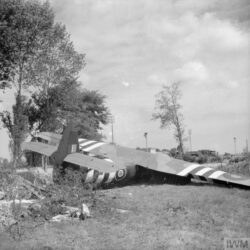
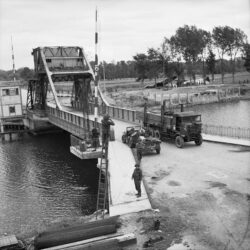

Shortly after the engagement, on the 26 of June 1944, the Caen Canal bridge was renamed Pegasus Bridge as a tribute to the British airborne troops involved in the action. In 1974 the Airborne Forces Museum was opened on the west bank of the canal, opposite the glider landing site and close to the original Bénouville bridge but closed in 1997. A campaign started for a new museum and on 4 June 2000 Memorial Pegasus was opened by HRH Prince Charles, Colonel-in-Chief of the Parachute Regiment.



Spread over three acres, the museum grounds contain the original Pegasus Bridge, which was purchased from the French authorities for just one Franc in 1999, along with a full size replica of a Horsa glider. The main exhibition building features a very interesting selection of artifacts related to the British 6th Airborne Division and the D-Day landings. There are guided tours of the museum conducted in both French and English which last for about an hour and a half. These are worth doing in addition to taking your time to browse the exhibits. Visitors can also scan the QR code panels to get information about the exhibits in ten languages, French, English, German, Dutch, Spanish, Italian, Portuguese, Swedish, Danish and Czech.

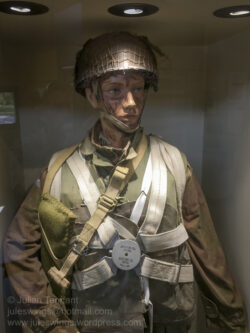
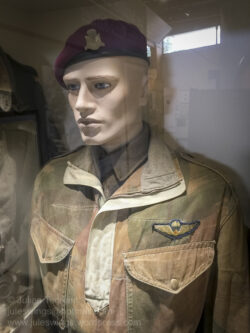
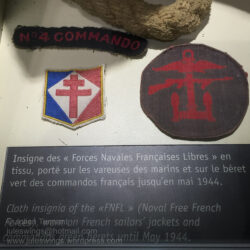



Visitor Information
Memorial Pegasus
Avenue du Major Howard
14860 Ranville
France
Phone: +33 2 31781944
Email: info@memorial-pegasus.org
Website: https://musee.memorial-pegasus.com/en/
Open: The Memorial Pegasus is open everyday from 1st February to 15th December. A visit, with guide, lasts about 1h15.
1st February to 31st March from 10.00 to 17.00
1st April to 30th September from 9.30 to 18.30
1st October to 15th December from 10.00 to 17.00
Entry Fees:
Adults – 8.00 €
Children/Students – 5.00 €
More Military Museum Reviews Here

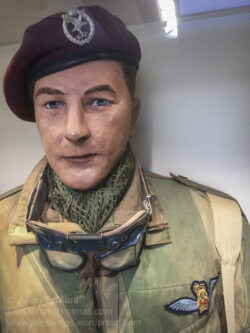

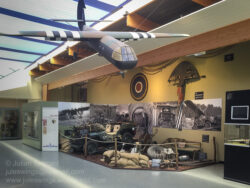
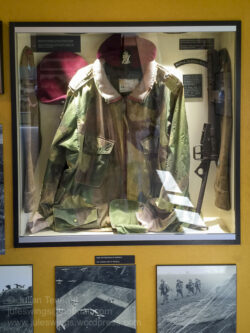
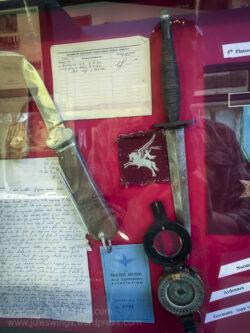
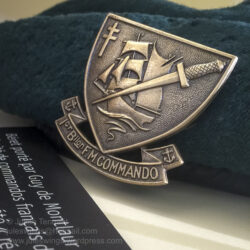










One Comment
Comments are closed.